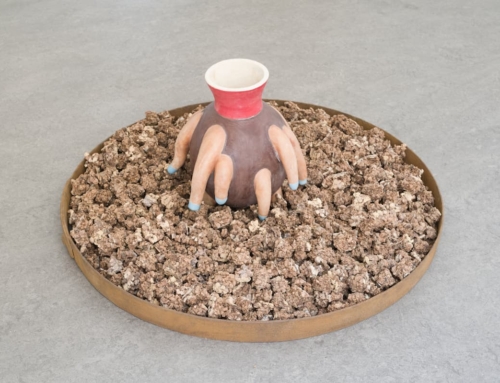I’m running a workshop at Experimenta in Lisbon this Friday on ‘designers in the age of fear’. The design research economy is being massively distorted by our inability to make sound judgements about risk and priorities. For example, Googling “design” and “homeland security” today yields a score of 10,900,000. Enormous research resources have been flowing towards homeland security (HS) and its European equivalents since 9/11. Estimates are that total HS outlays—by federal, state, local, and private entities in the United States—grew from $5 billion in 2000 to $85 billion in 2004, with a forecast that they will grow to $130 billion—and possibly as high as $210 billion by 2010. Yes, three thousand people died horribly on 9/11 – but that same number perish every single day as a result of road traffic injuries – and if you Google “design” and “road traffic injuries” the score is a pitiful 12,600. And guess what: these massive HS outlays on design are often ineffective. For example, I learned today that safety symbols designed to instruct American citizens how to react if terrorists strike may confuse them. According to an article in Ergonomics in Design, the HS symbol meaning ‘Use a whistle if one is available. Shout only as a last resort’ was interpreted to mean, ‘Yell when you hear a whistle.’ Based on published safety standards, the journal authors conclude, up to 79 percent of HS safety symbols are ‘unacceptable for communicating hazard-related information.’ I suppose a few billion more will be now spent to fix that problem and then, when the next disaster strikes, millions of Americans will be instructed to….whistle. (I write about this topic at greater length in the November edition of Interactions).
